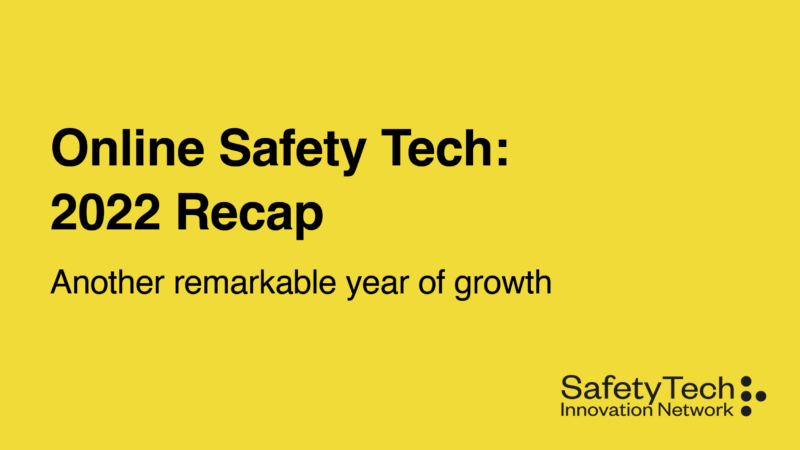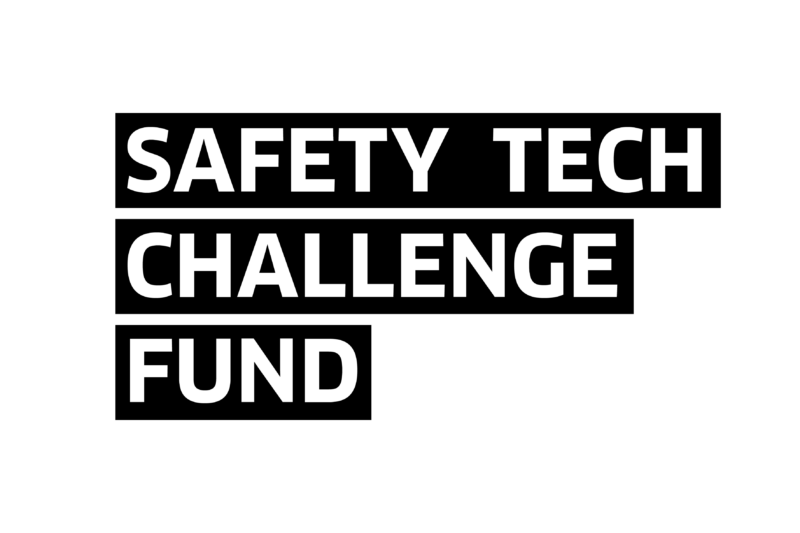Consequence Scanning: How to build responsibility into product development
Sam Brown of Consequential discussed the agile business practice, Consequence Scanning, as an innovative tool that provides opportunities within product development to mitigate or address potential harms and disasters before they happen.
In the product development cycle, it is crucial for teams focussed on creating technology products, to consider the potential consequences of those products on people, communities and the planet.
In our latest session, hosted by Sam Brown, Co-Founder of Consequential, who created Consequence Scanning while at Doteveryone, the responsible technology think tank. Sam discussed the what, why and how of Consequence Scanning and the impact it can have on ensuring products and services are aligned with organisational values. Participants also put the theory into practice in a live workshop with a hypothetical scenario.
Building responsibility into product development
Sam has undertaken extensive research to understand the key challenges and barriers to building responsibility into product development, leading to these core truths:
- Every product and innovation comes with consequences: There is no such thing as neutral change and there will always be an impact associated with creating something new.
- A consequence is a result of an action: A consequence does not have to be negative; consequences are about cause and effect – they can be intended (what you wanted to happen) and unintended (what you didn’t plan for).
- The best product in the world vs the best product for the world: Many technology companies are focused on moving fast with innovative new products. As a result, there is little room to think about the potential consequences of the products they are creating. This can lead to reputational damage, missed opportunities to harness human diversity to solve new problems, and also the creation of products that are not as good as they could have been.
Sam shared three ways for businesses to build responsibility into product development:
- Fit time into the way you work
- Create a process that lets you explore
- Bring in different perspectives
What is Consequence Scanning?
Consequence Scanning should be used as a practical framework for organisations to create time to reflect on the intentional and unintentional consequences of what they are building, and the potential impact of their product or service on people and society.
Through this agile practice, organisations are able to anticipate and address concerns they might have in the early development cycle before the final product is launched. Sam likened the process to mastering a board game where you can read the instructions and play right away, but you may need to play the game a few times to get a game strategy.
Download the manual to find out more about Consequence Scanning.
Turning theory into practice
When putting theory into practice, groups of cross-functional representatives should come together and ask three questions:
- What are the intended and unintended consequences of this feature or product?
- What are the positive consequences we want to focus on?
- What are the consequences that we want to mitigate?
There are two phases to the process: ideation and action. Similar to the Double Diamond process, the ideation phase allows teams to think of big ideas and share concerns. The action phase will allow teams to pick out the most useful points discovered.
Once the ideation phase is complete, teams should put all actionable consequences and ideas into the below framework:
- Act: where you take direct responsibility
- Influence: where you take responsibility to influence the result
- Monitor: where you take responsibility to learn more
Attendees took part in a live Consequence Scanning demonstration, where they unpicked the intentional and unintentional consequences from the below fictitious scenario:
A children’s online game creates a feature for its players to post photos of themselves with their high scores on social media.
Using Google Jamboard, attendees found the following intentional and unintentional consequences:
- Intentional: building an online community; attracting interest from investors and advertisers; user generated content; reliability and safety of product (do we need a level of verification?); social and competitive elements
- Unintentional: future impact on child with use of data; creating a competitive culture; the need to moderate all images that are shared; safeguarding – keeping children safe online from predators; encouraging addictive behaviour and overconsumption of advertising; impact on educational attainment
When should Consequence Scanning be implemented?
Consequence Scanning should be introduced at the initial conception of a product, during roadmap planning and also feature creation. Using this practice throughout product development will spark new ideas, foster positive conversations and common understanding between all stakeholders.
For product development teams considering implementing Consequence Scanning, Sam shared the following four tips:
- Always have a clear purpose: what is the product? what is it that you are trying to explore?
- Keep the Consequence Scanning session timed: never exceed 45 minutes to an hour
- Have clear outputs: explore ideas for features, raise concerns you want to mitigate
- Keep it multidisciplinary: allow for cross-functional input
Consequences, consistency and culture
Sam went on to answer a range of questions from the audience. Key takeaways include:
- Consequence scanning is as much about innovation as it is risk mitigation – the structure of intended and unintended consequences allows you to discover positive unintended consequences and consider if they should actually become an intentional part of your product
- Consequence Scanning is not a one-off process and should be implemented every time a decision is made or the idea of what you are creating shifts
- It can be hard to know where to draw the line but it is worth considering what harms a company can put something in place for
- A company’s culture is imperative to the receptiveness of Consequence Scanning, and will ultimately play a huge role in approaches to safety at the outset



